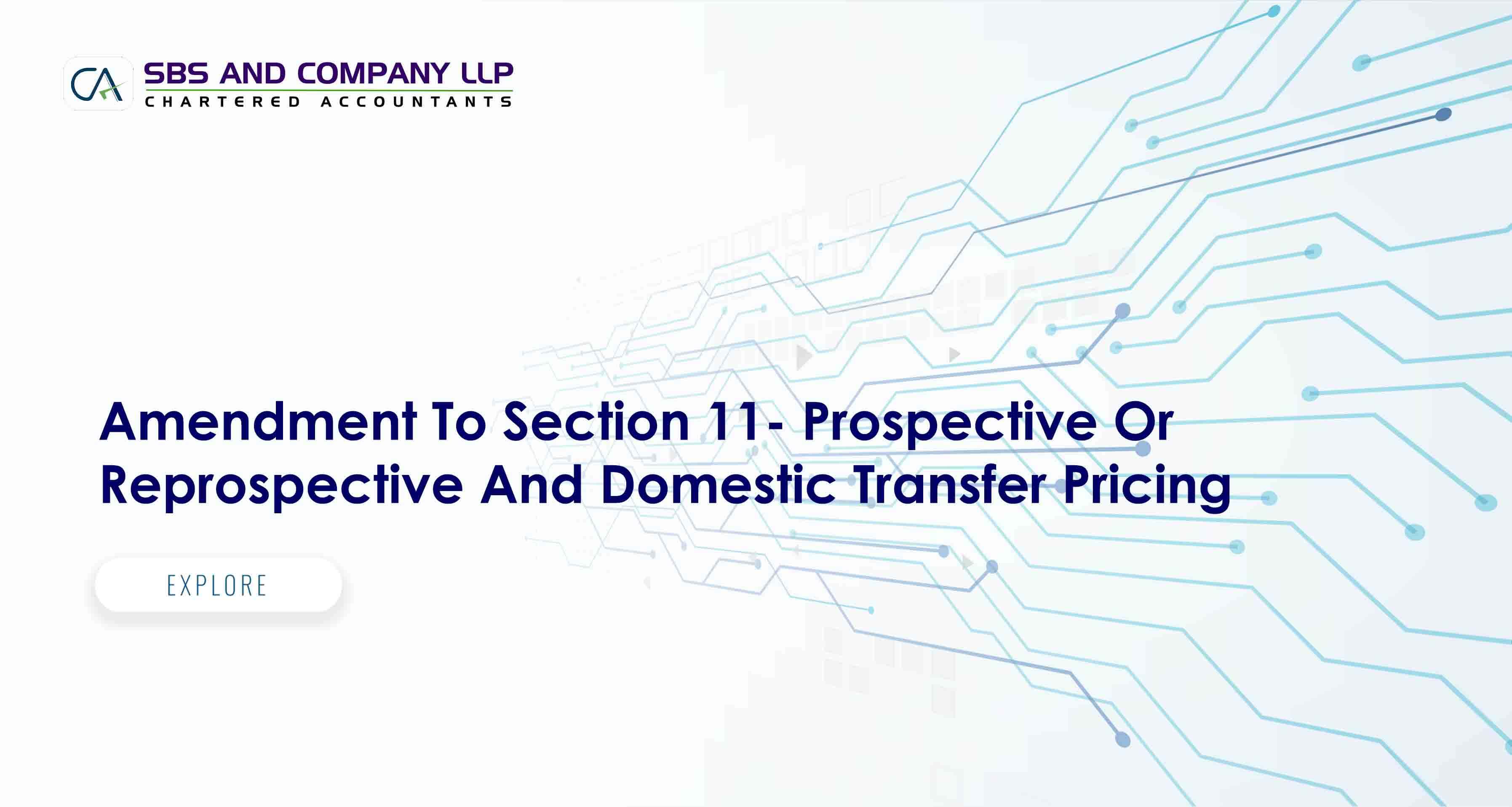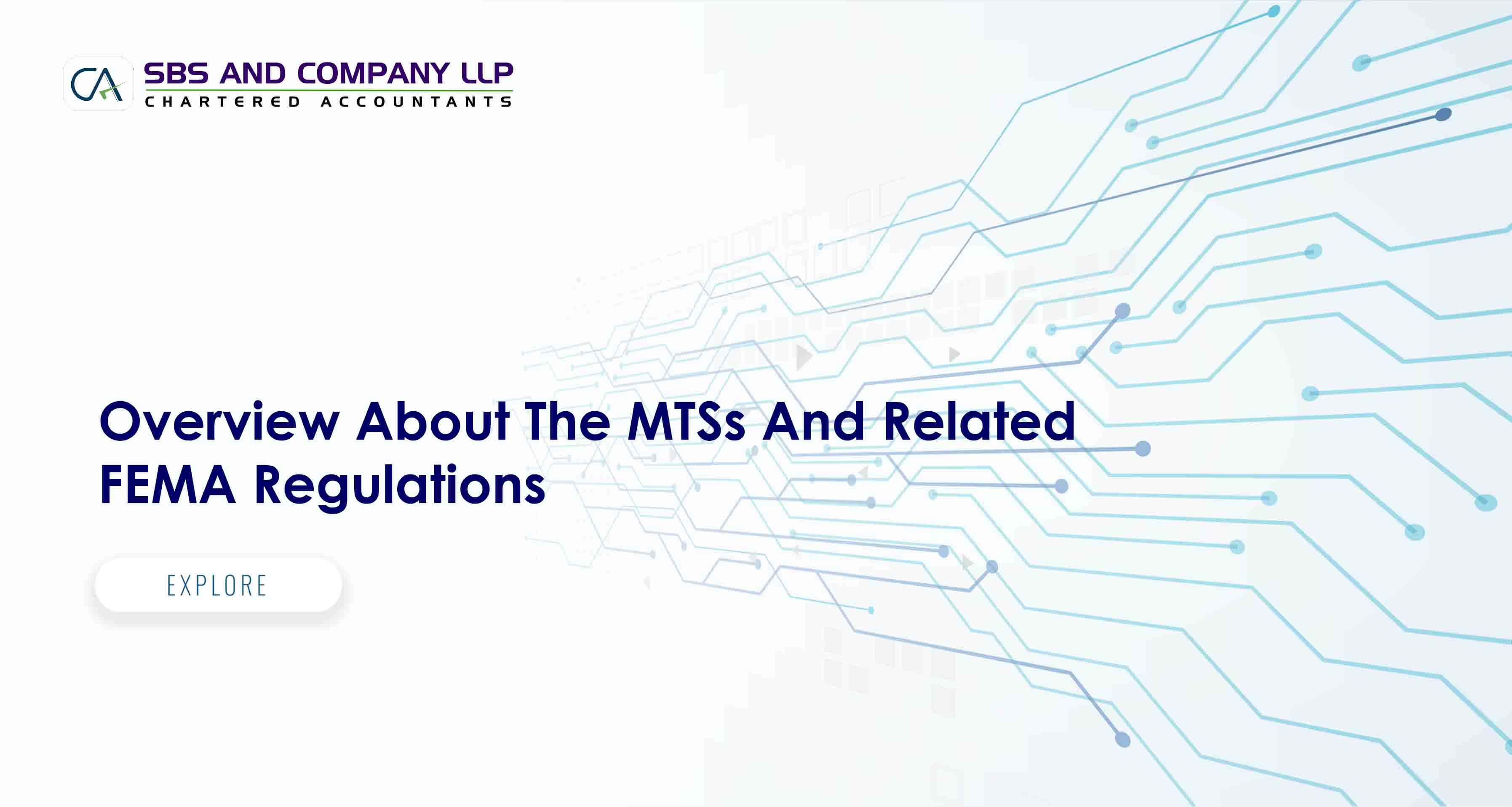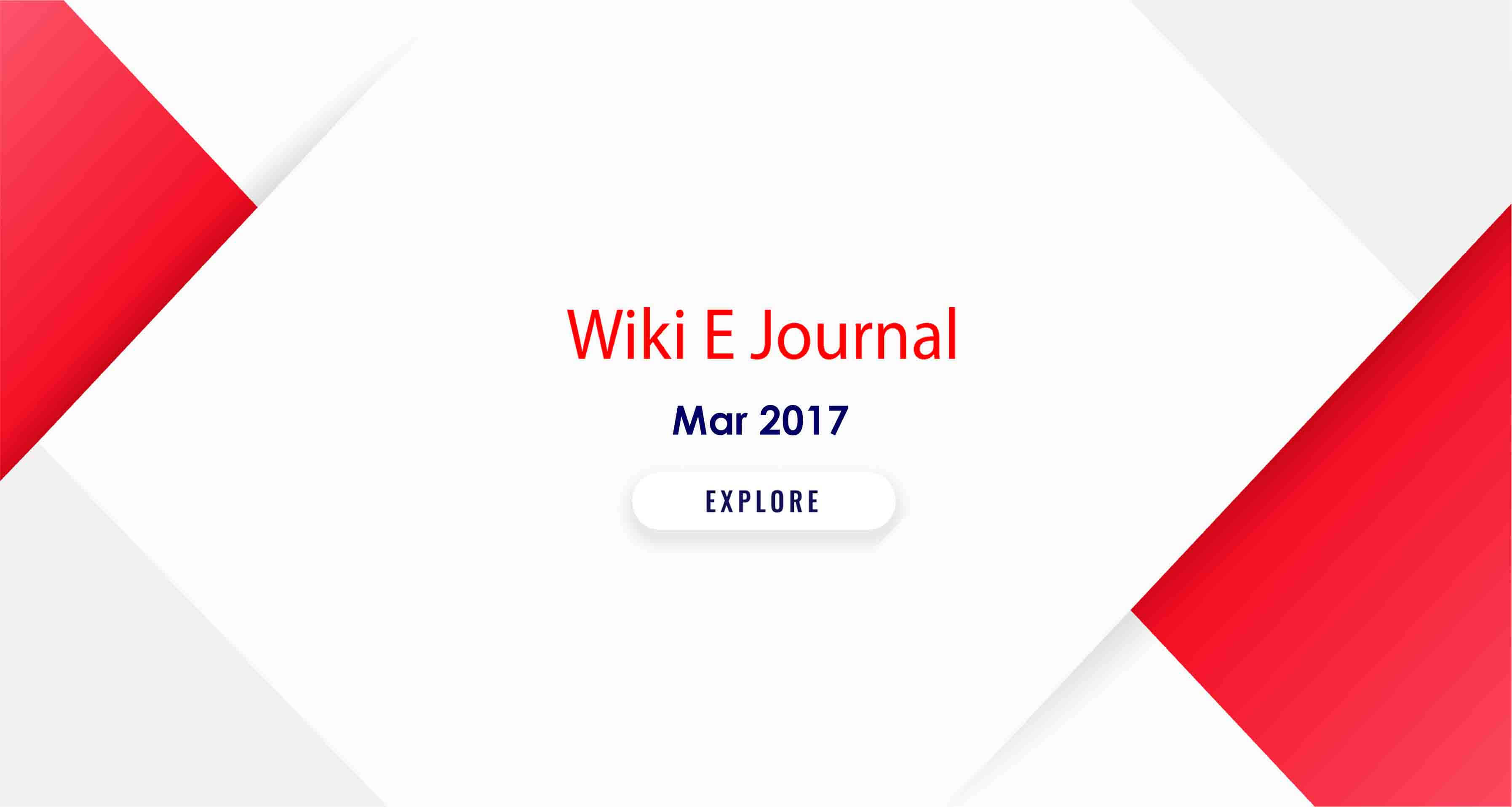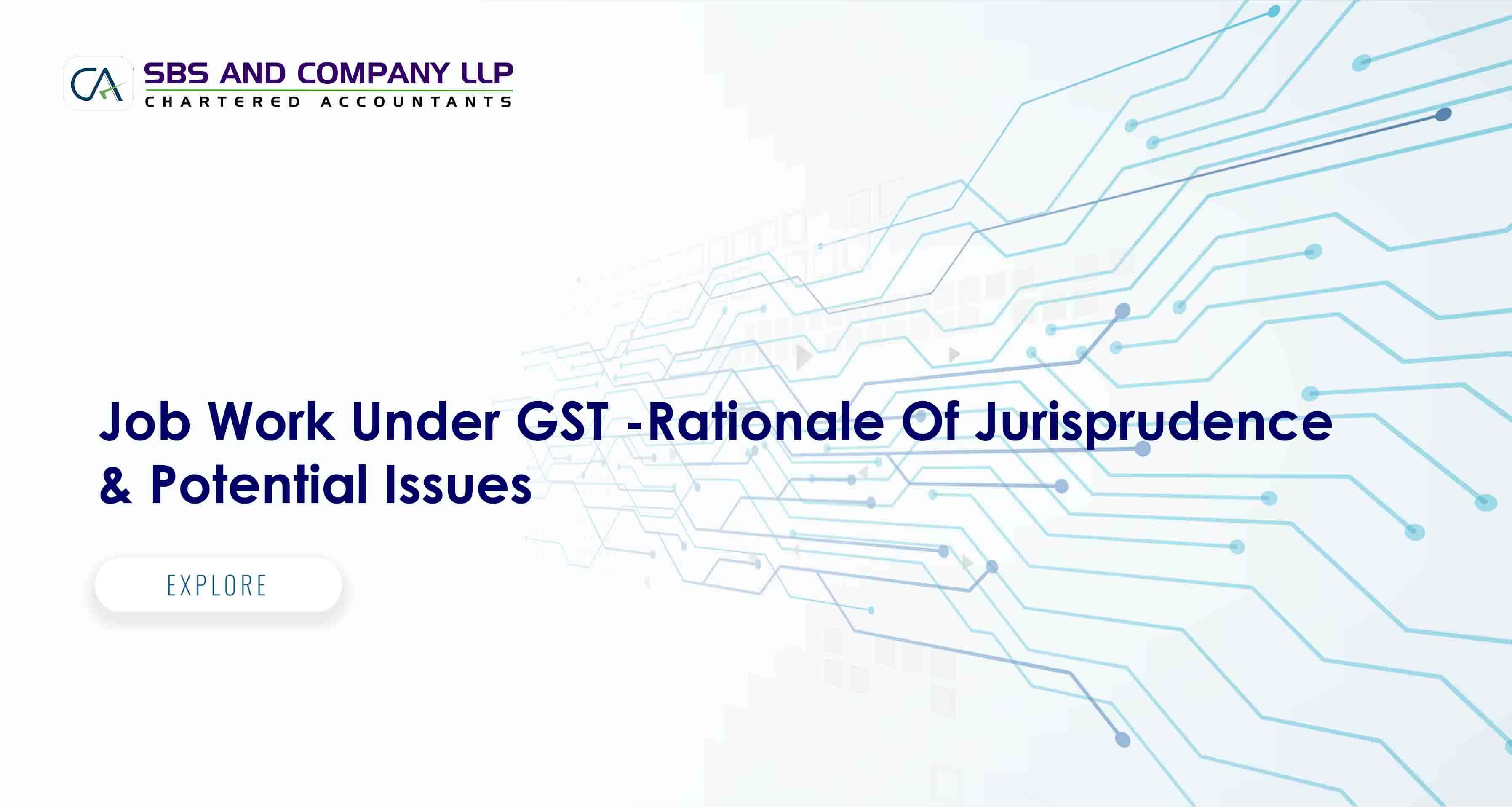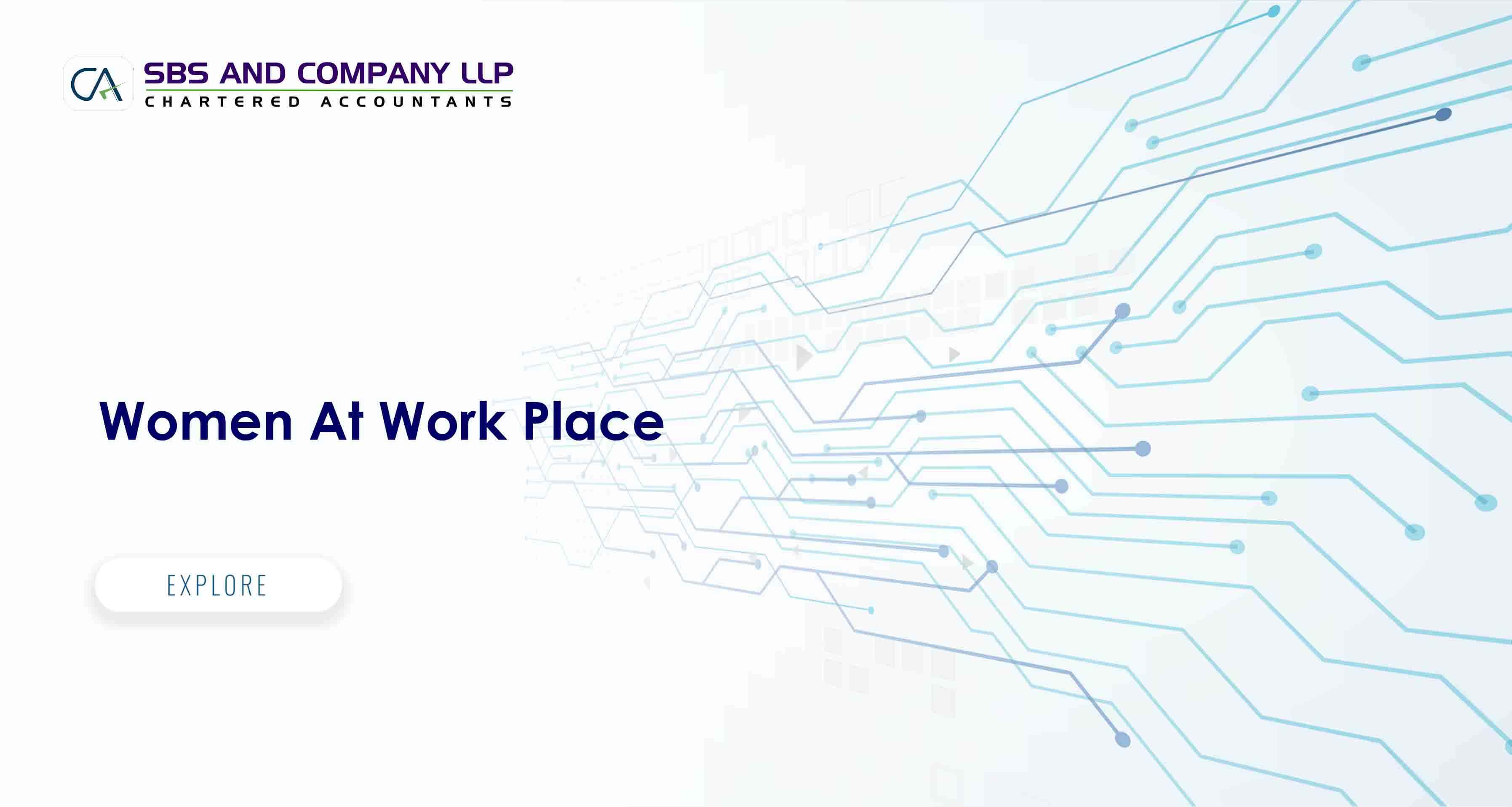INTRODUCTION:
Under the present Excise Laws, the job worker who undertakes manufacturing activity are kept outside the tax net if the principal manufacturer undertakes the obligation to discharge excise duty on the finished goods sold to customers. These provisions require to reverse the credits availed by principal manufacturer on goods sent to job work if the processed goods are not received back or sold from job worker’s premises within the stipulated period. Similar provisions are provided under GST Model Law to ensure that supply of inputs and capital goods to Job worker are outside the tax net if the goods are received back or sold by principal within the stipulated time. This article wishes to bring in the rationale of this jurisprudence and potential issues that may likely to emerge considering the taxation approach under GST.
Jurisprudence of Excise Laws:
Before we proceed to discuss about the Job work provisions under GST laws, we would quickly re-capitulate the existing provisions relating to job work under Central Excise. Thus the various aspects of this jurisprudence are discussed as under;
- Privilege to send inputs/capital goods to Job worker by availing CENVAT Credit: In terms of Rule 4 of CENVAT Credit Rules, 2004, the principal manufacturer is allowed to send inputs/capital goods on which CENVAT Credit is availed to the premises of Job worker without reversing any CENVAT Credit for further processing, repairing, re-conditioning etc. Similarly, the principal manufacturer is allowed to avail CENVAT Credit of inputs/capital goods that are directly sent to the job worker without the same being received in his premises. The said privilege is subject to the condition that the inputs that are sent to the premises of job worker or products received therefrom should be received back by principal manufacturer within one hundred and eighty days. In case of capital goods, the time limit is two years. If the goods sent to job worker are not received back within the stipulated period, the principal manufacturer is required to reverse the earlier availed CENVAT Credit. If the goods are received subsequently after the reversal of earlier availed CENVAT Credit, then the principal manufacturer is allowed to retake the CENVAT Credit on such goods.
- Exemption for manufacturing by Job worker: Notification 214/1986-CE exempts the manufacturing process undertaken by Job worker provided that the principal manufacturer gives an undertaking before AC/DC having jurisdiction over Job Worker that the processed goods will be used for further manufacturing or removed by discharging the appropriate duties.
- Tax implications on Job work charges:
- If the process employed by job worker amounts to manufacture as defined section 2(f) of the Central Excise Act, 1944, the said activity would come within the ambit of Central Excise Law. On the entire value addition including that of job worker, the Principal manufacturer is liable to pay excise duty. It is because of this reason, though job work charges collected by job worker is a service transaction, the same is not subject to service tax by keeping it under negative list of services under Section 66D (recently said entry in negative list is moved to mega exemption notification).
- If the said process does not amount to manufacture as defined under section 2(f) of the Central Excise Act, 1944, then the job work charges are liable to service tax. However, if the process employed though not a process amounting to manufacture but is an intermediate process, exemption is available under Entry 30 of Notification No 25/2012-ST dated 20.06.2012 which states that intermediate production process undertaken on job work basis is exempt if the said process is in relation finished goods on which appropriate duty is payable by principal manufacturer.
With this understanding over the existing job work provisions under the Central Excise law, we now move on to the provisions under the Revised Model GST law.
Jurisprudence under GST Laws:
We now proceed to examine the jurisprudence relating to job work transactions under the GST law as prescribed under section 55 of Revised Model Law.
- Job work charges taxed as services under GST: In terms of Schedule II (deals with matters to be treated as supply of goods or services) read with section 3(2), any treatment or process which is being applied to another person’s goods is treated as supply of services and are accordingly subject to GST tax. Unlike the present regime, where job work charges are subject to service tax only if the process employed by job worker does not amount to manufacture, Job work charges under GST regime are always subject to GST.
- Supply of inputs/capital goods to job worker without paying GST: Principal is allowed to send his inputs/capital goods without payment of tax to a job worker for job work and from there send to another job worker and likewise. This privilege is subject to the condition that the principal shall—
- Bring back such inputs/capital goods after completion of job work without payment of tax to any of his place of business within one year (three years in case of capital goods) of their being sent out.
- As an alternative, supply such inputs/capital goods after completion of job work from the place of job-worker to any person within India on payment of tax or for export without payment of tax within the time limit specified above. Principal is allowed to supply the goods from the premises of job worker only if the principal declares the job worker’s place of business as additional place of business or the job worker is registered separately under GST.
- If the said inputs/capital goods are not received back from Job worker premises or are not supplied as per point (ii) above, within the time limit specified above, it shall be deemed that such inputs/capital goods had been supplied by the principal to the job worker on the day when said inputs/capital goods were originally sent out for job work.
c. Supply as waste and scrap: Any waste and scrap generated during the job work may be supplied by the job worker directly from his place of business on payment of tax by job worker if he is registered or by the principal if job worker is not registered.
With this understanding of the provisions of section 55, we now proceed to examine the potential legal issues that may prop in if the said section is being implemented in the present state.
Issue 1: Whether inputs/capital goods supplied to job worker constitutes Supply under GST?:
One of the fundamental differences between Section 55 of Model GST Law and Rule 4 of CENVAT Credit Rules, 2004 is that Rule 4 provides for removal of inputs/capital goods to Job worker without reversing the availed CENVAT Credit on inputs/capital goods. On the other hand, Section 55 provides for removal of inputs/capital goods to job worker without payment of tax on such inputs/capital goods. Further, the said section 55 contemplates for payment of tax in the event the inputs/capital goods are not received back or sold by principal from the premises of job worker within the stipulated time period. This implies that section 55 is legislated on the ploy that sending of inputs/capital goods to job worker constitutes supply.
Unlike the condition of reversing CENVAT Credit under Rule 4, section 55 is stipulating the requirement to pay tax. Inthis context, it is required to examine whether sending of inputs/capital goods to job worker where no consideration is involved necessarily constitutes a supply as defined under Section 3 and thereby satisfies the levy under section 8.
On perusal of the definition of Supply under section 3, sub-section (1) provides that ‘Supply’ includes all forms of supply of goods such as sale, transfer, barter, exchange, license, rental, lease or disposal made or agreed to be made for a consideration by a person in the course or furtherance of business. Further the said sub-section provides that supply includes those specified in schedule I even made or agreed to be made without a consideration. The items listed in schedule I are reproduced as under;
- Permanent transfer/disposal of business assets where input tax credit has been availed on such assets
- Supply of goods or services between related persons, or between distinct persons as specified in section 10 when made in the course of or furtherance of business
- Supply of goods by a principal to his agent where the agent undertakes to supply such goods on behalf of the principal and supply of goods by agent to principal where the agent undertakes to receive such goods on behalf of the principal.
In view of the definition of ‘Supply’, transfer of goods from one to another shall be treated as supply only when consideration is involved and the transfer constitutes sale, barter etc. Transfer of goods which does not involve any consideration may constitute supply only if the said transaction is covered under schedule I. In case of job work, sending of inputs/capital goods to job worker does not involve any consideration. Therefore, the same may not constitute supply unless the said transaction is covered under schedule I.
On perusal of the items specified in schedule I, clause (a) provides that permanent transfer or disposal of business assets constitutes supply if input tax credit is availed on such assets. This clause may not be applicable to the case of Job work as the principal temporarily sends inputs/capital goods to Job worker. The same does not constitute permanent transfer/disposal of business assets even in case where the principal has not received back the sent goods within the stipulated period.
Sub-clause (2) is relevant only if supplies happen between related persons or specified persons. The said clause is not applicable to Job worker who is neither a related person nor a specified person. The other relevant entry in the present context is sub-clause (c) which provides that supply of goods by Principal to his agent where the agent undertakes to supply such goods on behalf of the principal. This would mean supply of goods by Principal to agent would be deemed to be a supply if the agent undertakes to supply such goods to others on behalf of the principal. In case of Job work transactions, the job worker may undertake the responsibility of sending the processed/resultant goods directly from their premises to the customer on behalf of the Principal. However, in the humble opinion of the paper writers, even by considering the job worker as agent of principal, the same may not amount to supply as job worker never undertakes to send the goods as such in the condition in which they are originally received like a consignment agent/selling agent. He can only undertake to send the processed/resultant goods.
In view of the above discussion, the transaction of sending the inputs/capital goods by principal to job worker is not a supply within the meaning of Section 3. In such an event, the said transaction does not attract levy under section 8. In such a case, the essential question that arises is can section 55 require the principal to pay tax by deeming the said transaction as supply which is in contrary to levy under section 8? Further, it must be kept in mind that Section 55 does not override section 3 and section 8.
Even if we proceed by assuming that sending of inputs/capital goods to job worker amounts to supply, this may lead to another complication. Let us assume that principal sends material of Rs. 1000/- to job worker. The goods are not returned to the principal within the stipulated time period. In such an event, assuming that GST is at 10%, the principal pays a tax of Rs. 100. If the job worker is a registered taxable person under GST, then he can take input credit of the same. Subsequently, after the stipulated time period, the said goods are returned by job worker to the principal. In such case, the return of goods by job worker to principal will also be treated as supply and he can charge GST and send back the originally paid tax of principal (Rs. 100) as input tax credit to him. Suppose in the same example, if the job worker is an unregistered taxable person, he cannot avail input credit of GST originally paid by principal (Rs. 100) upon expiry of stipulated time period and also he cannot charge any GST while returning the goods to the principal. Further, the principal is required to pay GST on the processed goods when sold to his customer. This may result into breakage of input credit chain which is against the spirit of GST.
In the humble opinion of the paper writers, this legal anomaly is required to be put to rest. Otherwise, this will lead into a vociferous litigation. This can be put to rest by either of the following ways;
By amending section 55 so as to demand the reversal of input credit availed on inputs/capital goods sent to job worker if the goods are not received or sold from the premises of job worker within the stipulated time period.
- By incorporating the transaction of sending of inputs/capital goods to job worker as supply in schedule I. This will entitle the Revenue to treat this transaction as supply and accordingly collect tax if the principal does not receive back the inputs/capitalgoods within the stipulated time period. However, this option may lead to breakage of input credit chain in manner described above, if the job worker is not a registered taxable person. In order to overcome this, there should be an appropriate enabling provision in section 55 which should entitle the principal to take re-credit of the GST originally paid by him, where the inputs/capital goods are received back subsequently after the stipulated period from a job worker who is not a registered taxable person under GST.
Issue 2: Whether waste and scrap during job work disposed of by job worker can be treated as supply by principal?:
Sub-section (5) of section 55 provides that any waste and scrap generated during job work may be supplied by job worker directly from his place of business on payment of tax by him if he is registered or by principal in case he is not registered.
Practically, many of the principals who undertake to process their goods through job worker may not claim any title/right on waste and scrap. It is the job worker who sells the waste and scrap in those cases. Principal is not associated with that transaction in any manner. In such cases, assuming the job worker is not required to be registered; can the tax be demanded from the Principal?
In the humble opinion of paper writers, principal is not legally bound to pay tax because unlike the case of sending processed/resultant goods by job worker directly from his location to customer as an agent of principal, the job worker is not affecting supply of waste and scrap as an agent of the principal. In such cases, demand of tax from principal would be without the authority of law after all the GST law requires the person affecting supply to pay tax.
Conclusion:
In view of the foregoing discussion, it appears that section 55 if implemented status quo may lead to inappropriate results. The value addition by job worker i.e. job work charges is subjected to GST as service which will be available as input tax credit to the principal. The principal upon sale of finished goods (either received back from Job worker or sold directly from premises of Job Worker) will pay GST. Thus the entire value addition created by both Job worker and Principal will be subject to GST automatically even in the absence of section 55. The only precaution to be taken in case of Job work is to ensure that inputs/capital goods removed should be received back or sold by principal within a reasonable period i.e. the revenue should exercise reasonable control over inputs/capital goods sent to Job worker to ensure that there is no evasion of tax or defer the tax payment by camouflaging the removal of goods as removal to Job worker. Thus appropriate amendments are required to the existing section 55 to enshrine this intent.


